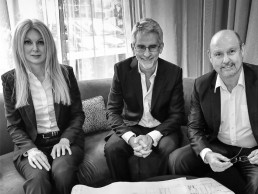
Gillard Group
Jenni Gillard and the Gillard Group have developed ‘Lighting as a Service’, a concept designed to help the industry prosper from the uptake of LED, avoid pitfalls and contribute to positive global environmental outcomes.
The Gillard Group is an internationally recognised architectural lighting design firm based in Brisbane, Australia. Established in 2005 by Jenni Gillard, the firm provides day and night lighting solutions that combine art and science.
Alongside this, Gillard Group pioneered and launched ‘Lighting as a Service’ (LaaS) in 2015. LaaS uses design, business cases and technology to deliver sustained value, with a focus on optimising the volume of LED luminaires and reducing energy consumption (carbon footprint) and fixture wastage on the environment.
Gillard is a multi-award-winning architectural lighting designer and lighting consultant (CLD, IALD and IES). She also fills her time as a lighting judge, contemporary artist and art dealer, and was a former art gallery manager and university lecturer. Since founding Gillard Group, she has become a pioneering woman in the Australian lighting design community.
Gillard was the first woman to graduate in a degree wholly devoted to lighting; graduate with a Masters in Lighting; qualify as a Certified Lighting Designer (second person in Australia and seventh in the world); start, build, lead and grow an independent lighting design studio and become a full member of the International Association of Lighting Designers (eighth person in Australia).
The firm’s first lighting project was to relight the interior of the State of Queensland’s oldest continuous-use church – Ann St Presbyterian. The team went on to light the then world’s largest oceanarium, the 43-marine habitat S.E.A Aquarium, Resorts World Sentosa, Singapore.
“Illuminating such a large-scale marine habitat is one of the world’s most complex lighting design undertakings. Failure leads to loss of sea-life and commercial stress,” explained Gillard.
“Research, sourcing, testing, modelling and designing took two years. Our use of LED on this scale in this environment was a world first.”
In 2012, the company expanded, introducing Mark Lloyd as a new business partner. Lloyd is a technology thought-leader and Hall of Fame member of the Australian Computer Society (ACS). Foreseeing the impact of digital LED on the lighting industry, he designed and invested in solutions to service the new paradigm.
Before entering the world of lighting, Lloyd was the Chief Information Officer for Department Premier and Cabinet, amongst other agencies in Queensland, where he managed a global network and the biggest ICT outsourcing service in the State. He is also responsible for the organisation of numerous ICT-based events and societies in Australia. As Vice President of ACS, he won the rights for Australia to host the World Computer Congress 2010 and managed Young IT and ACS Women nationally.
The Gillard Group recently completed lighting designs for 24,000sqm of the Brisbane Convention and Exhibition Centre, and the head office for an international retail chain. It also commissioned lighting for the foyer of the Ovolo Hotel. The firm is also working on St Mary’s church, which dominates the regional centre of Warwick, Australia and is overseeing different stages of several projects, including a college and a public housing asset (Thornhill).
The Spectrum Apartments, commissioned at the end of 2016, comprises 60 apartments and commercial spaces and features four three-storey, neon-lit waterfalls of rainbow colours. The Gillard Group completed the lighting scheme for this residential project, which went on to win UDIA’s Affordable Housing award for excellence in 2017 and a LUX Designer Award in 2018 for Best Multi Residential Design (Lighting).
“The journey continues to be fulfilling. We are winning more awards than years of operation and aim to make functional beauty and loyal clients. We do affordable housing to the glamour end and everything in-between,” explained Gillard.
Amid architectural lighting projects, the group continued to focus on the implications of digital-friendly LED and the unfolding Internet of Light, in which LED would be much more than low-energy and long-life illumination. Predictions made in Gillard and Lloyd’s 2012 research paper, 2015-2024, continue to materialise, and together they build and refine services for a new future based on ubiquitous smart LED. Driving this investment was the realisation of the risks and benefits faced by clients and the environment.
“LED saturation builds a global Internet of Light and photons have too many advantages over electrons. Despite some challenges, as the Internet of Everything unfolds, all roads lead to light – nothing is faster or provides more spectrum,” commented Lloyd.
As a working solution to this shift in LED possibilities, the Gillard Group established LaaS.
“From 2013-2015, we built our LaaS offer,” explained Gillard. “LaaS requires significant thought and production of many artefacts. We also knew LaaS would be adopted by manufacturing, technology, energy and telecommunications companies. These suppliers would leverage their strengths.
“Most solutions, however, will be proprietary. Many suppliers also have large overheads, and some may gouge clients’ savings generated by energy reductions from LED implementation. Others fit non-lamp replaceable luminaires, which have downstream consequences for many clients.
For many LaaS suppliers, lighting is not their core business and some clients may receive sub-optimal lighting designs,” she added. Gillard’s take-away is that LaaS hinges on sustaining trust and value.
“Globally, conventional lamps are being banned or phased out. LED is the future of artificial illumination – conversion is inevitable. LED is a totally different lamp type. LED is complex, low-energy, digital-friendly and requires management to optimise ROI and maintain compliance. Smart LED luminaires herald a paradigm shift in lighting and will underpin the Internet of Things. Soon, interconnected smart LED will be a dominant gateway to connecting physical spaces with digital services, especially the Internet,” she explained.
In order to help their growing LaaS community, the Gillard Group chose an alternate path that allowed the community to make informed decisions and retain their purchasing autonomy.
“Our clients can choose any product or energy supplier and buy and consume only what they need. The results are spectacular. One client, for example, will save around $100,000 per annum for ten years from energy and bulb-turnover savings alone. Under our LaaS, more value is retained by the client,” she added.
As a package, Gillard’s LaaS includes lighting design, wholesale product pricing, economies of purchasing scale, asset management, product maintenance, warranty management, a capital rollover programme and expert support services and advice.
Gillard described its benefits and how the service is implemented: “Our LaaS deals with variable quality LED, maximises energy savings and reduces volumes of luminaires. We position the client to make informed decisions about their lighting assets and relevant new light-based technologies and services into the future. Moreover, we are working with clients, accountants and technologists to develop our MinMin Light System to deliver even greater value.
“MinMin is so advanced it qualified for generous Federal Government research and development support,” she added.
The cloud-based MinMin Light System is designed to be offered as Software as a Service (SaaS). Inspiration behind its name originates from Queensland Aboriginal folklore about the MinMin light phenomenon, where people have claimed to witness fast moving coloured light balls in the Australian outback.
Gillard, Lloyd and Chief Technology Officer Bryan Wain designed and built the core system of MinMin. The system turns a light portfolio into managed assets and generates, for example, a forward replacement schedule, cash flow projections and benefits realisation analysis.
In 2017, to strengthen the Group’s LaaS value-proposition, Mike Goodman became the newest member and third Principal of the Gillard Group. Goodman is a strategic thinker, corporate management expert and accountant.
The team also partnered with 1ICT, a progressive fast-growing tech company. 1ICt will further enhance MinMin through 2019. Satish Naidu, CEO of 1ICT added: “The MinMin Light System is beautifully constructed and we are delighted to accelerate and support its development into the future.”
Managing large installed LED portfolios is a driving force behind MinMin’s conception, and Gillard sees their product independence as a source of strength in turbulent times.
“We harvest and mine data, analyse it, distill it and provide it in an interactive format to help clients manage their lighting investments,” she explained.
“Our LaaS provides long term surety and direction, progressive reductions in energy costs and compliance risk and aesthetic improvements commensurate with the client’s means.”
Reflecting on client outcomes, Lloyd commented: “The solutions’ package empowers our clients because they can see the future state of their LED lighting investments now.”
“The greatest obstacle to our LaaS is Australia’s slow uptake of LED and commitment to minimum LED standards relative to the northern hemisphere,” noted Goodman.
“According to Statista, global LED saturation will reach 61% by 2020. Eventually the phase-out of traditional lamps, rising energy costs and new smart light-based services will force change,” he added.
When that change accelerates in Australia, the Gillard Group will be ready to help many more businesses secure value from LED and related technologies and avoid surprises from accelerating digital disruption.
“We will also look for partners to grow our LaaS business offshore and sell MinMin via Software as a Service,” concluded Gillard.



